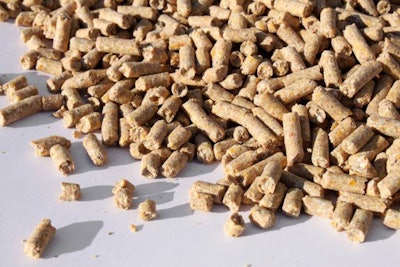
Is it a 3-phytase or a 6-phytase? What does this mean, and does it really matter in feed formulation? These are questions that I have answered in many private seminars where nutrition professionals are looking for information beyond marketing incertitude.
A 3-phytase is simply a phytase that initiates the dephosphorylation of phytic acid (in other words, the job it needs to do) at position 3‘ on the inositol ring. As you would expect it, a 6-phytase initiates the dephosphorylation at position 6’. That simple! By the way, commercially available 3-phytases originate from Aspergillus niger, whereas 6-phytases are usually derived from Escherichia coli or Peniophora lycii.
To understand whether this distinction makes any difference, we need to understand that phytase hydrolyze phytic acid in a stepwise manner. A 6-phytase will dephosphorylate a phytic acid molecule completely, whereas a 3-phytase may leave the job unfinished, leaving at least one unit of phosphorus unreleased. Thus, in theory at least, a 6-phytase is supposedly more effective than a 3-phytase.
In practice, however, suppliers of both phytase groups have made sure their finished product will deliver the amount of released phosphorus they claim on the tag. And this has been proven by numerous scientific studies for each product. Thus, there is no real value by itself in differentiating a commercial phytase product based on its classification as belonging to group-3 or group-6. But, it can certainly play a role in comparing products when such distinction is part of the overall characteristics package.
Your opinion might be different, so please do comment below.


















